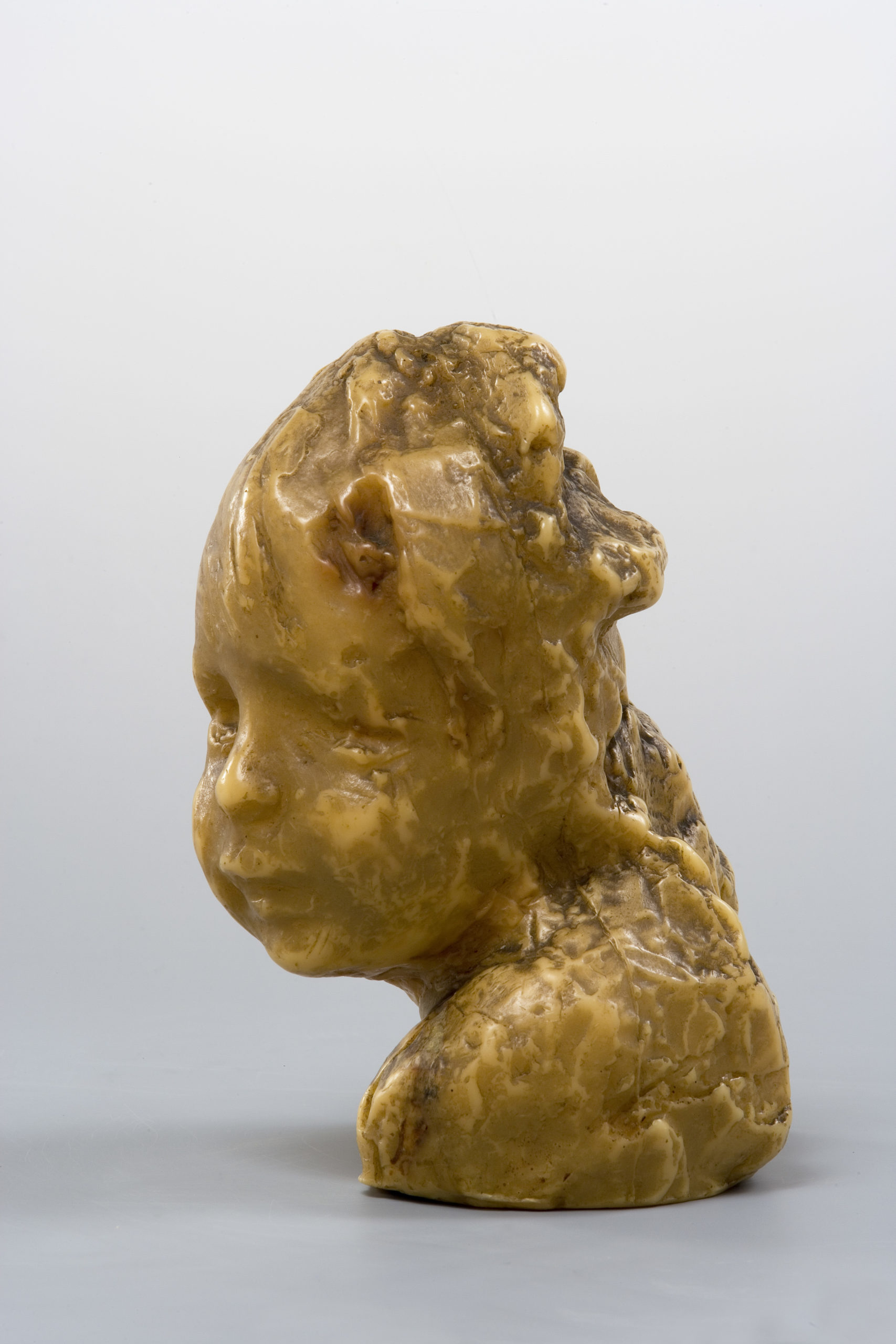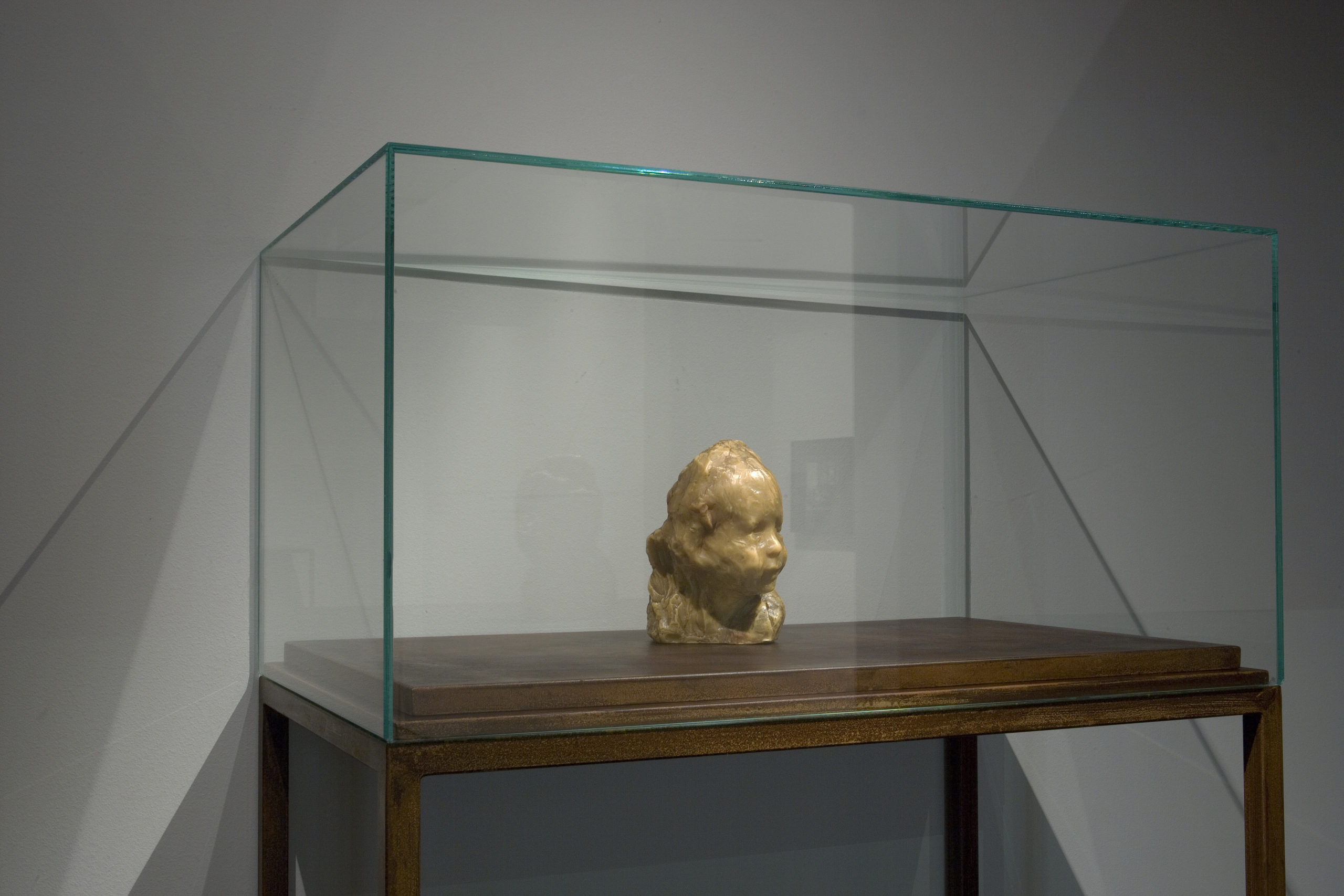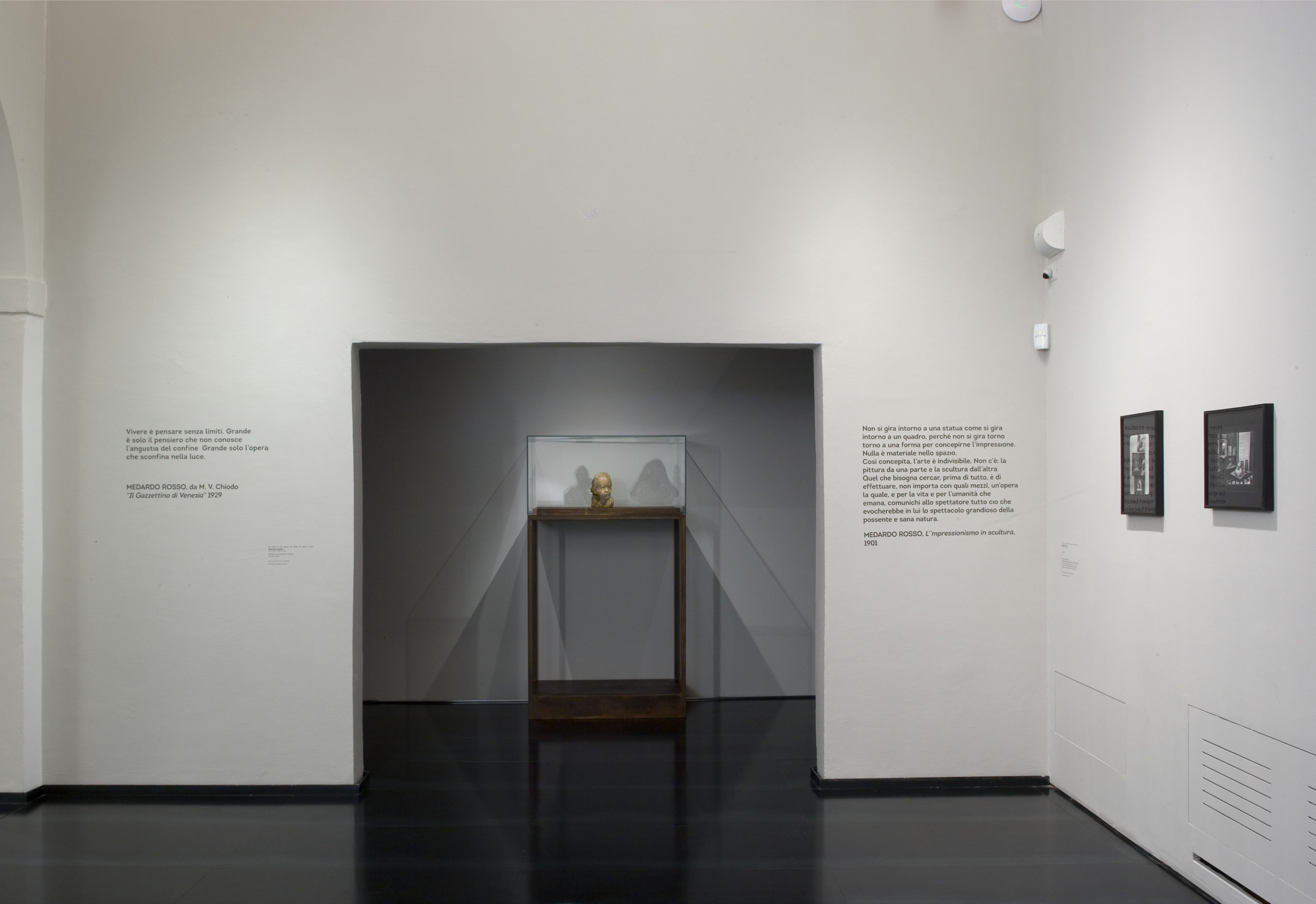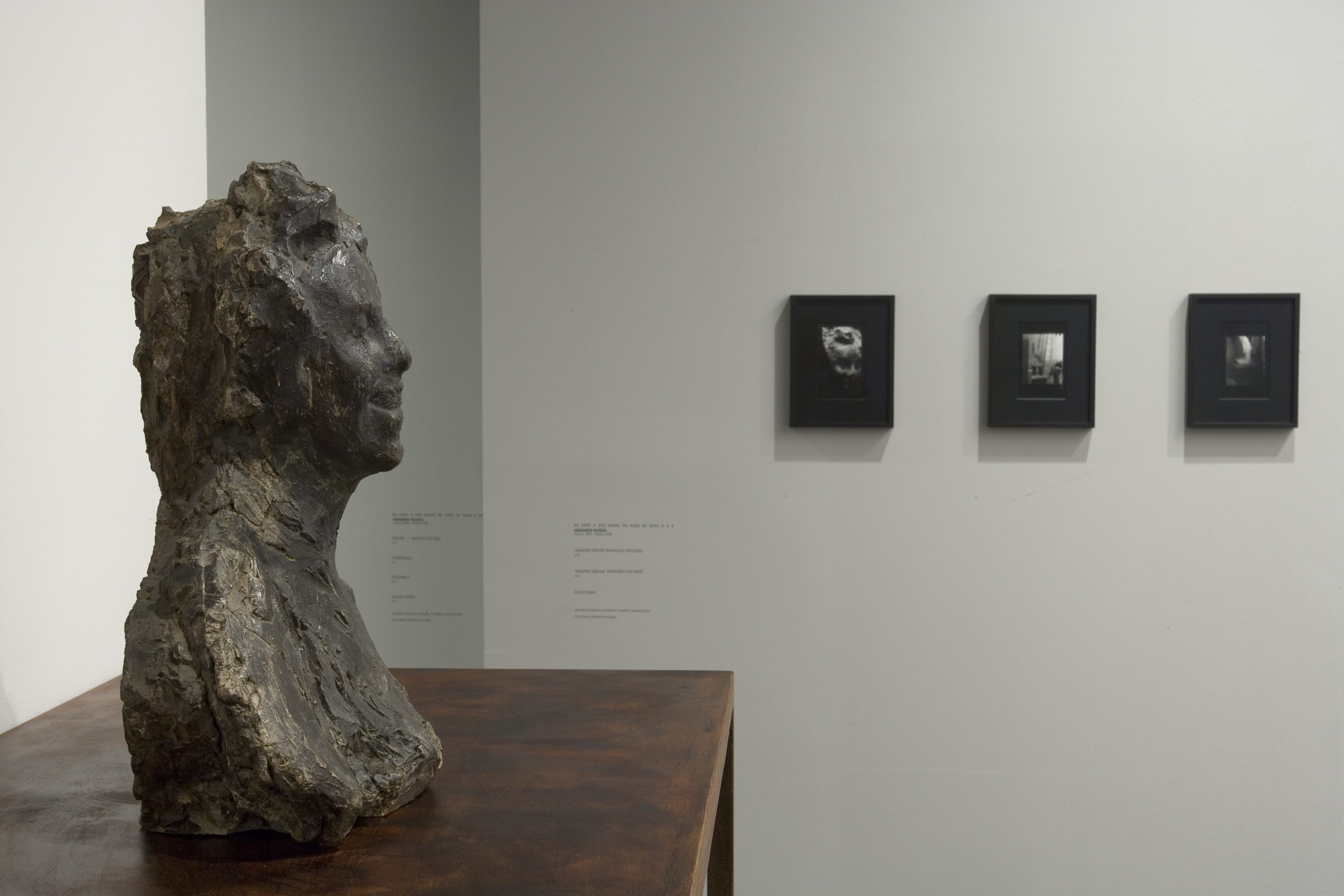Where and when
From
To
Museo Novecento
Medardo Rosso (Turin 1858 – Milan 1928), the greatest Italian sculptor of modernity, returns to Florence for the first time in a century. The Turin artist who moved to Paris is the new protagonist of the Solo project which sees the Museo Novecento periodically dedicate a monographic exhibition to an artist of the short century.
Exhibition Hours
Winter Hours
Monday – Sunday
11:00 am
–
8:00 pm
Thursday
After Emilio Vedova and Piero Manzoni, the third appointment – Solo. Medardo Rosso, curated by Marco Fagioli and Sergio Risaliti – opens to the public on December 20 (until March 28) to celebrate the works of an extraordinary sculptor, experimenter and undisputed forerunner of contemporaneity. The same one who in 1910 on the occasion of the “First Italian exhibition of Impressionism and Medardo Rosso” and on the initiative of Ardengo Soffici, Giuseppe Prezzolini and the magazine “La Voce”, was recognized as the “Master of European Sculpture reaching out into Modernity” .
The six sculptures exceptionally exhibited at the Museo Novecento (Concierge, Grande Rieuse [Laughing girl], Grande Rieuse [Laughing girl], Enfant à la bouchée de pain [Child in economic kitchens], Enfant à la bouchée de pain [Child in kitchens economics], Enfant Juif [Jewish child]), two of which come from the Gallery of Modern Art of Palazzo Pitti, document the very high level to which Rosso had reached in the redefinition of sculpture and the inference of his work with those of the major artists weather.
In fact, the Rieuses (1890-1891) in their various variants are in open dialogue with paintings such as La chanson du chien by Degas, 1876, depicting the singer Emma Valadon. The portraits of Rosso, who was undoubtedly the greatest portraitist of the century in sculpture, return the most advanced point, with the pictorial ones of Degas, of the research in the field of psychological and physiognomic analysis of the subject and for the deep understanding of the new compositional possibilities and of staging deduced from the comparison with photography and cinema.
The Florence exhibition proposes a reinterpretation of the sculptor’s work outside the usual codified vision of a Red who was first a naturalist and then a symbolist, to point out instead his absolute originality and specificity in the field of modern art. The exhibition offers the opportunity for the first time to directly compare two different variants of the same subject in a “textual” analysis, Enfant à la bouchée de pain [Child in economic kitchens] and La Rieuse [Laughing girl], thus allowing to understand the “work in progress” of Rosso, a great experimenter of techniques and languages.
The revolutionary research on the subject translates into small, anti-monumental sculptures characterized by rough surfaces, in many cases the expression of artisanal processes that are managed independently by Rosso himself in his atelier, a veritable modern alchemical forge. His peculiar investigation of plastic art is flanked, influencing and remaining influenced by it, experimentation in the graphic and photographic field, in which the passion for the fragment and the compositional cut and for the vibrating component is accentuated and the phantasm of the image.
Opposed by Italian critics (Ugo Ojetti and Margherita Sarfatti), who had closed him in the context of the Lombard Scapigliatura, and by academic artistic culture, the sculptor, who had also been a recognized protagonist of plastic art in Paris in the last decades of the previous century , Rosso gradually became in the twentieth century, due to its anticipation of Modernity, the important point of reference for subsequent generations, from Boccioni to Manzù from Marini to Fontana. Boccioni, who more than anyone had noticed the importance of Rosso as a renovator of sculpture, wrote in 1914:
“Medardo Rosso’s work, on the other hand, is revolutionary, very modern, deeper and necessarily restricted. In it no heroes or symbols are stirred up, but the plan of a woman’s or a child’s forehead hints at a liberation towards space, which will have a much greater importance in the history of the spirit than ours did”.
Despite the limited number of his subjects, just over seventy sculptures, Rosso worked incessantly through replicas and variations in plaster, wax and bronze to his subjects and in the creative process he also used photography as the exhibition documents extensively presenting 19 contact photographs from original plates.















